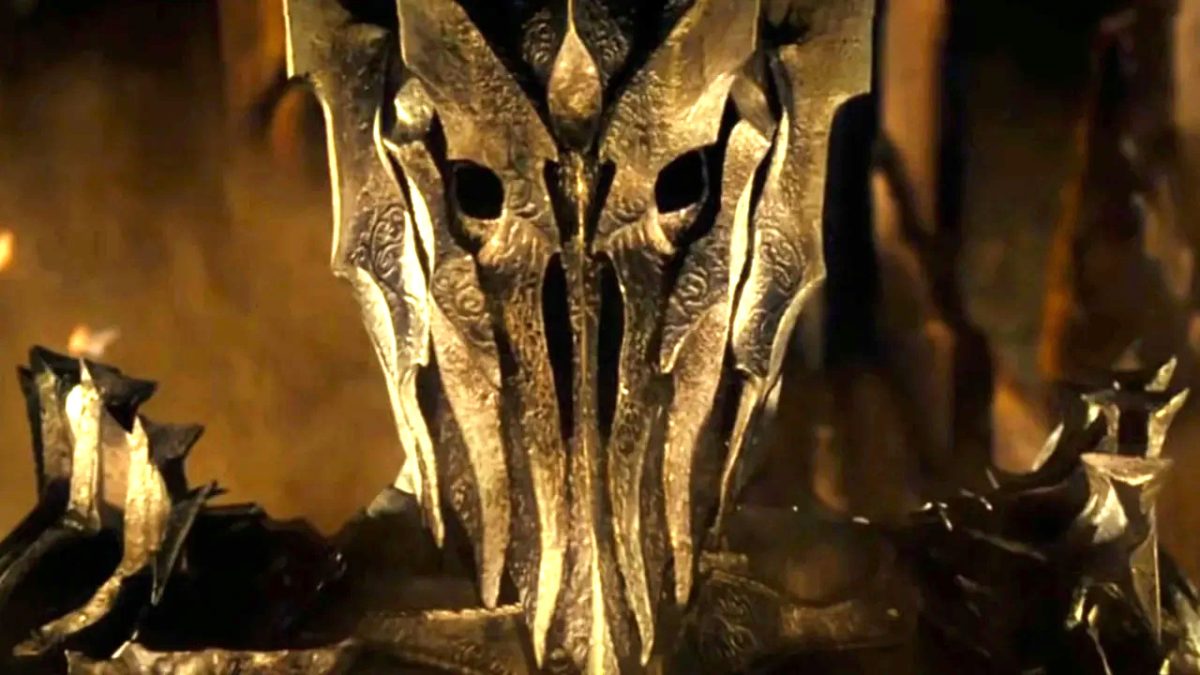There are few films that have gripped me quite like In The Mouth Of Madness. A marvellously weird feature brimming with an assortment of otherworldly imagery, head-scratching intrigue and apocalyptic dread, John Carpenter’s sixteenth movie is – at its heart – a lovingly crafted love letter to H.P. Lovecraft’s heady and cerebral cosmic horror literature. What’s uniquely surprising about the film is that it absolutely nails its heart-on-sleeve inspiration, and is arguably one of the finest adaptations of Lovecraftian horror to the big screen. No small feat.
Starring the fantastic Sam Neill, as the captivatingly unhinged insurance investigator John Trent, the movie’s central plot revolves around some really fascinating and challenging philosophical questions: What actually is reality? Can fiction become reality? If enough people believe in an idea, can it override the truth and become everyone’s reality? Before we really get into it, let’s first touch on the pic’s overall narrative. And it’s as deliciously bonkers as it is memorable.
The aforementioned John Trent is committed to a psychiatric ward in the opening act, and the majority of the feature focuses on Trent retelling his personal story of how he arrived there. Sent to investigate the disappearance of a world famous horror author, dubbed Sutter Cane (an obvious homage to Stephen King), Trent becomes embroiled in what he believes to be a publicity stunt set up by the author’s publisher in a bid to sell more copies of his titular forthcoming novel In The Mouth Of Madness.






